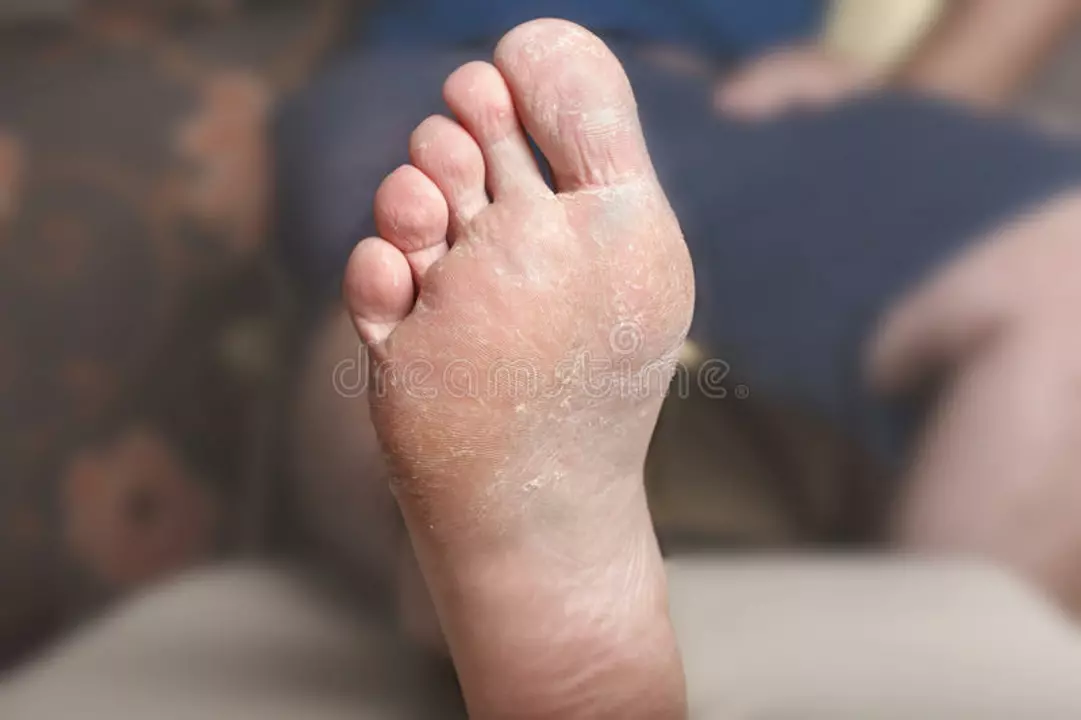Feet: Practical tips for common problems and when to seek help
Feet work hard. They show early signs of health problems and often get ignored until pain stops you. This page gives clear, usable advice for everyday foot issues—fungal infections, heel pain, nerve problems, wounds, and basic care tips you can use right away.
Quick fixes and simple treatments
Athlete's foot is a common fungal infection. Expect itching, peeling skin, and sometimes a burning smell between toes. Start with an over-the-counter topical antifungal like terbinafine or clotrimazole and keep feet dry. Change socks daily, choose breathable shoes, and avoid walking barefoot in public showers.
Toenail fungus takes longer to treat. Topicals may help mild cases, but oral terbinafine often works better for persistent infections—usually several weeks to months. Oral meds can affect the liver, so talk with your doctor and follow testing advice.
Plantar fasciitis causes sharp heel pain, often with your first steps in the morning. Stretch your calf and the bottom of your foot, wear supportive shoes, and try simple night splints. Short courses of NSAIDs or acetaminophen relieve pain. If it won’t improve, a podiatrist can offer physical therapy, steroid injections, or custom orthotics.
When pain or numbness means more
Burning, tingling, or numb feet can mean peripheral neuropathy. Diabetes is a common cause. Medication options include gabapentin, pregabalin, and duloxetine, but non-drug strategies matter too: balance training, proper footwear, and blood sugar control reduce risk and improve comfort.
Red, hot, swollen skin with spreading edges may be cellulitis, a bacterial infection. Early antibiotic treatment—often cephalexin or doxycycline depending on the situation—prevents spread. Seek care quickly if you have fever, fast-spreading redness, or severe pain.
People with diabetes should inspect feet daily. Small cuts can become ulcers fast. Keep blood sugar in range, moisturize dry areas (avoid between toes), and see a foot specialist for any wound that doesn’t start healing in a few days.
Other tips you can use today: trim nails straight across to avoid ingrown nails; wear socks made from moisture-wicking fibers; rotate shoes so they dry between wears; and invest in supportive shoes if you stand a lot. For persistent problems, a podiatrist can evaluate foot mechanics, recommend custom orthotics, or discuss surgery when needed.
Shopping for meds online? Choose licensed pharmacies with clear contact info and require prescriptions for prescription drugs. Avoid sites offering controlled meds without a prescription.
Little daily care prevents many big problems. If you notice sudden severe pain, fever with a red foot, wounds that won’t heal, cold or pale toes, or sudden numbness, get medical attention promptly. Healthy feet keep you moving—simple habits and timely care go a long way.

